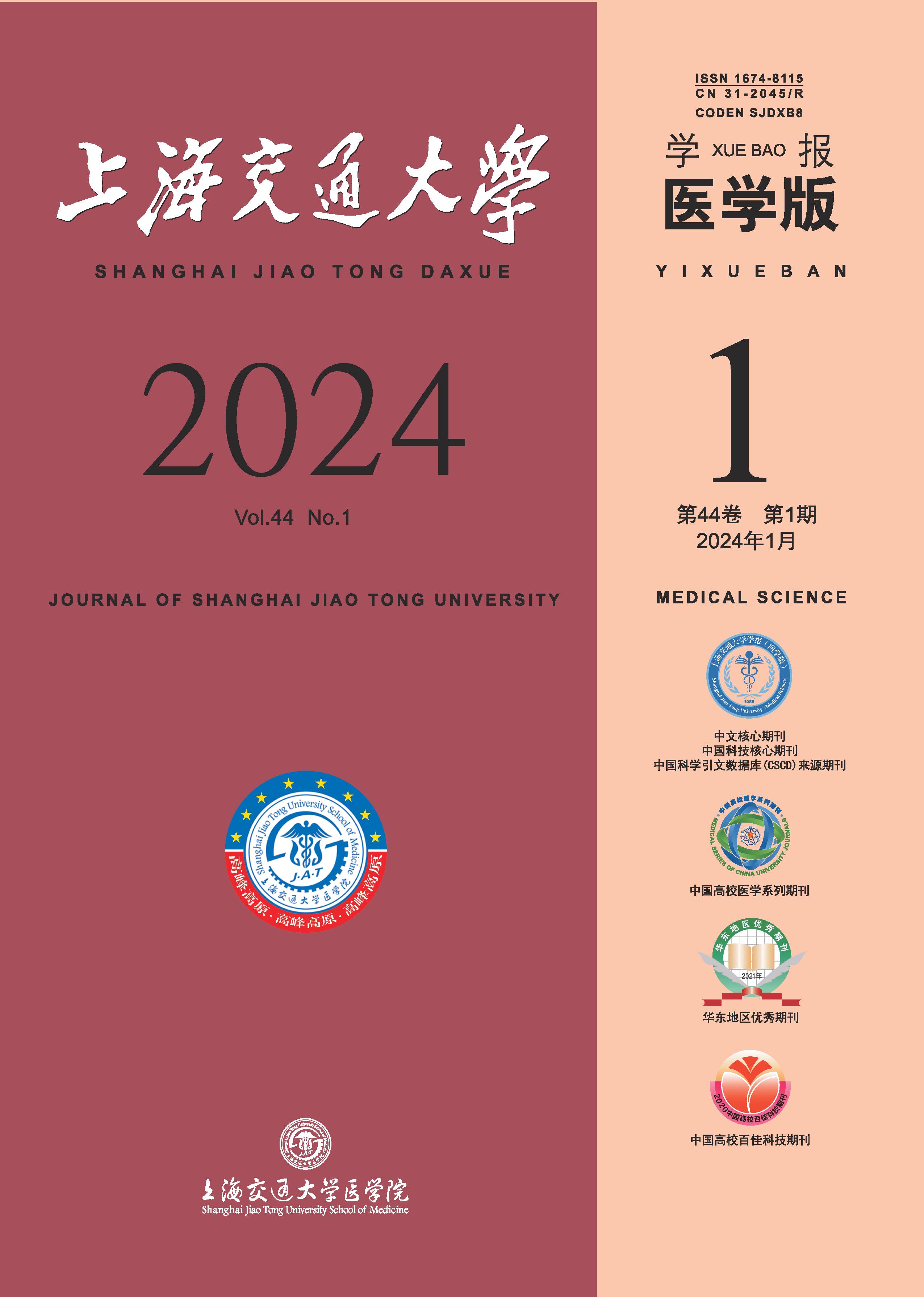Objective ·To analyze the clinicopathologic characteristics, gene mutation profile, and prognostic factors of thyroid diffuse large B-cell lymphoma (DLBCL). Methods ·From November 2003 to December 2021, a total of 66 patients with thyroid DLBCL [23 cases (34.8%) with primary thyroid DLBCL, and 43 cases (65.2%) with secondary thyroid DLBCL] admitted to Ruijin Hospital, Shanghai Jiao Tong University School of Medicine were retrospectively analyzed for their clinicopathological data, survival and prognostic factors. Gene mutation profiles were evaluated by targeted sequencing (55 lymphoma-related genes) in 40 patients. Results ·Compared to primary thyroid DLBCL, secondary thyroid DLBCL had advanced ratio of Ann Arbor stage Ⅲ?Ⅳ (P=0.000), elevated serum lactate dehydrogenase (LDH) (P=0.043), number of affected extranodal involvement ≥2 (P=0.000), non-germinal center B cell (non-GCB) (P=0.030), BCL-2/MYC double expression (DE) (P=0.026), and international prognostic index (IPI) 3?5 -scores (P=0.000). The proportion of patients who underwent thyroid surgery (P=0.012) was lower than that of patients with primary thyroid DLBCL. The complete remission (CR) rate in primary thyroid DLBCL patients was higher than that in secondary thyroid DLBCL patients (P=0.039). Fifty-five patients (83%) received rituximab combined with cyclophosphamide, doxorubicin, vincristine, and prednisone (R-CHOP)-based first-line regimen. The estimated 5-year progression free survival (PFS) rate of primary thyroid DLBCL patients was 95.0%, higher than the 49.7% of the secondary patients (P=0.010). Univariate analysis showed that Ann Arbor Ⅲ?Ⅳ (HR=4.411, 95%CI 1.373?14.170), elevated LDH (HR=5.500, 95%CI 1.519?19.911), non-GCB (HR=5.291, 95%CI 1.667?16.788), and DE (HR=6.178, 95%CI 1.813?21.058) were adverse prognostic factors of PFS in patients with thyroid DLBCL. Ann Arbor Ⅲ?Ⅳ (HR=7.088, 95%CI 0.827?60.717), elevated LDH (HR=6.982, 95%CI 0.809?60.266), and DE (HR=18.079, 95%CI 1.837?177.923) were adverse prognostic factors of overall survival (OS). Multivariate analysis showed that Ann Arbor Ⅲ?Ⅳ (HR=4.693, 95%CI 1.218?18.081) and elevated LDH (HR=5.058, 95%CI 1.166?21.941) were independent adverse prognostic factors of PFS in patients with thyroid DLBCL. Targeted sequencing data showed mutation frequency >20% in TET2 (n=14, 35%), KMT2D (n=13, 32%), TP53 (n=11, 28%), GNA13 (n=10, 25%), KMT2C (n=9, 22%), and TP53 were adverse prognostic factors of PFS in patients with thyroid DLBCL (P=0.000). Conclusion ·Patients with primary thyroid DLBCL have better PFS and OS than those with secondary thyroid DLBCL. Ann Arbor Ⅲ?Ⅳ, elevated LDH, non-GCB, and DE (MYC and BCL2) are adverse prognostic factors in thyroid DLBCL. TET2,KMT2D, TP53, GNA13, and KMT2C are commonly highly mutated genes in thyroid DLBCL, and the prognosis of patients with TP53 mutations is poor.

